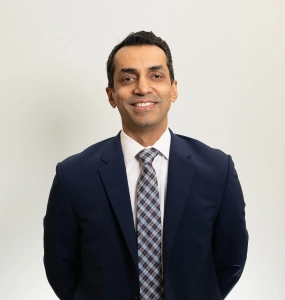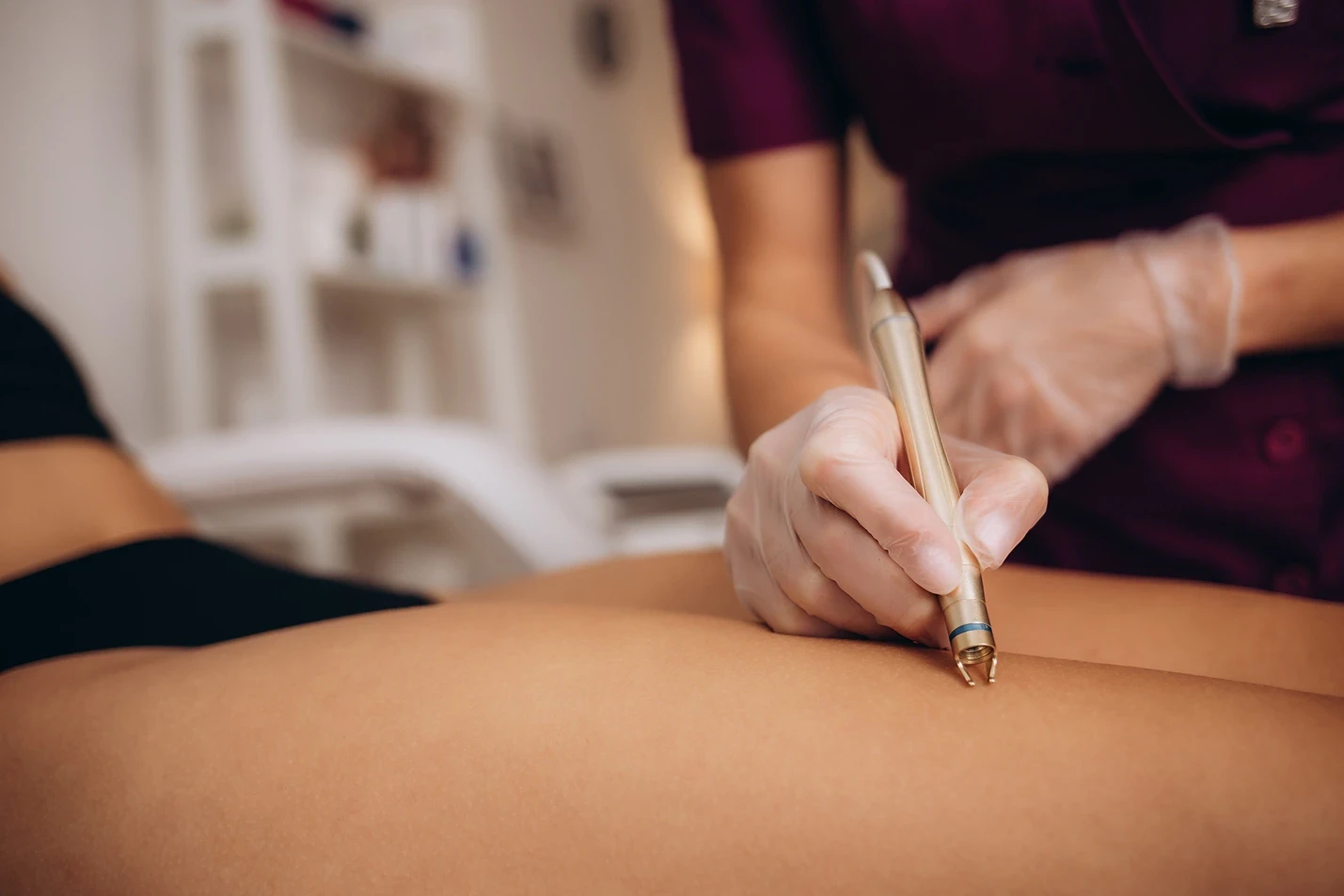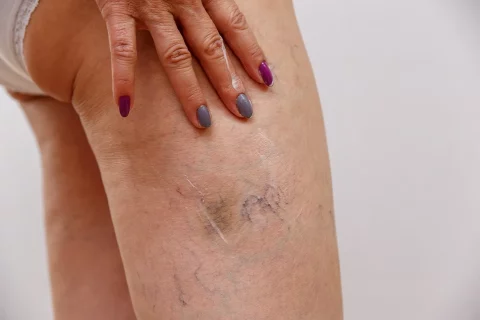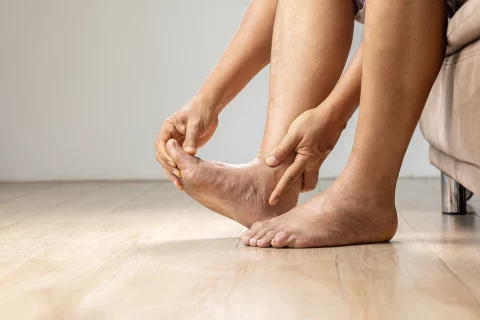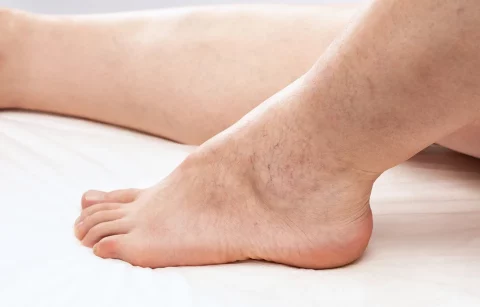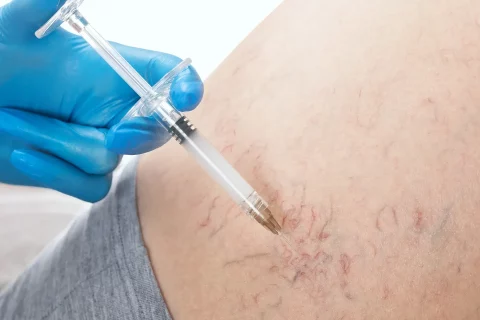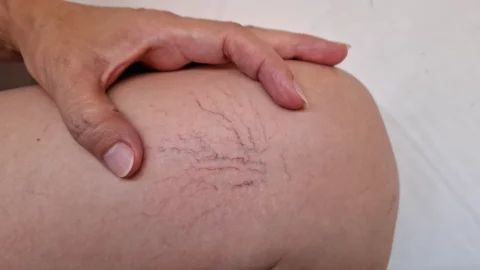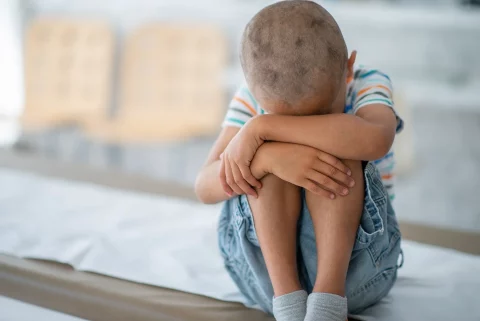Minimally invasive laser spider vein treatments in Draper offer effective solutions. Discover the details and your options now.
Laser spider vein treatment in Draper uses focused laser energy to heat and damage problem veins, causing clotting and absorption. Different types exist, from surface treatments to endovenous options. Expect some redness, swelling, or bruising afterward.
Living with unwanted veins is a thing of the past, when you can simply schedule a free consultation with Vein Center Doctor and find your ideal solution today.
Laser Spider Vein Treatment Explained
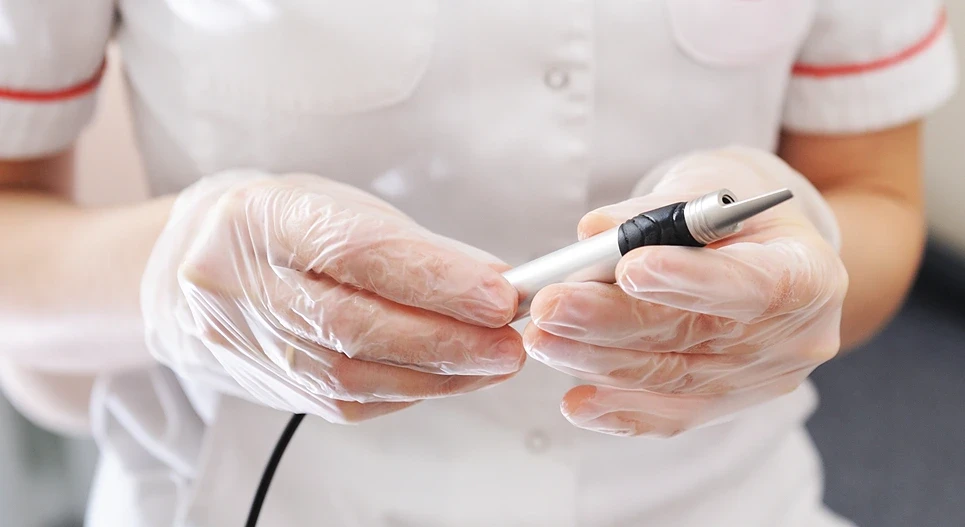
The laser beam precisely targets the affected blood within the visible vein. This focused light energy is absorbed by hemoglobin, causing the vein to heat up. This controlled heating damages the vein walls, triggering a clotting process. The damaged vein then dries up and is gradually absorbed by your body, improving vein health.
Crucially, this process doesn’t harm surrounding healthy skin or internal tissues. Blood naturally redirects to other healthy veins. This method is quick and non-invasive, and you won’t experience any cuts or needles. A slight sensation might occur as the laser beam activates, but it’s usually mild.
The treatment can be performed on various areas like legs, face, and hands. Multiple sessions might be needed for complete spider vein removal, depending on their size and location. Each session takes less than an hour.
Post-treatment, the treated area might appear red, bruised, or swollen for a short time. Some irritation or a slight stinging feeling, akin to a sunburn, is possible. Fortunately, cool compresses can alleviate this discomfort. You can resume normal activities immediately after the procedure.
Protecting the treated area from sun exposure for a few weeks is crucial to prevent potential dark spots. Moisturizing at least twice daily promotes healing. Smaller spider veins might show immediate results, while larger ones take weeks to fully fade.
Laser treatments, in principle, provide long-lasting, permanent results, but new spider veins could still appear over time. Staying active and elevating your legs can help prevent new veins from forming. Future follow-up sessions might be needed to maintain the treatment benefits.
Types of Laser Treatments Available
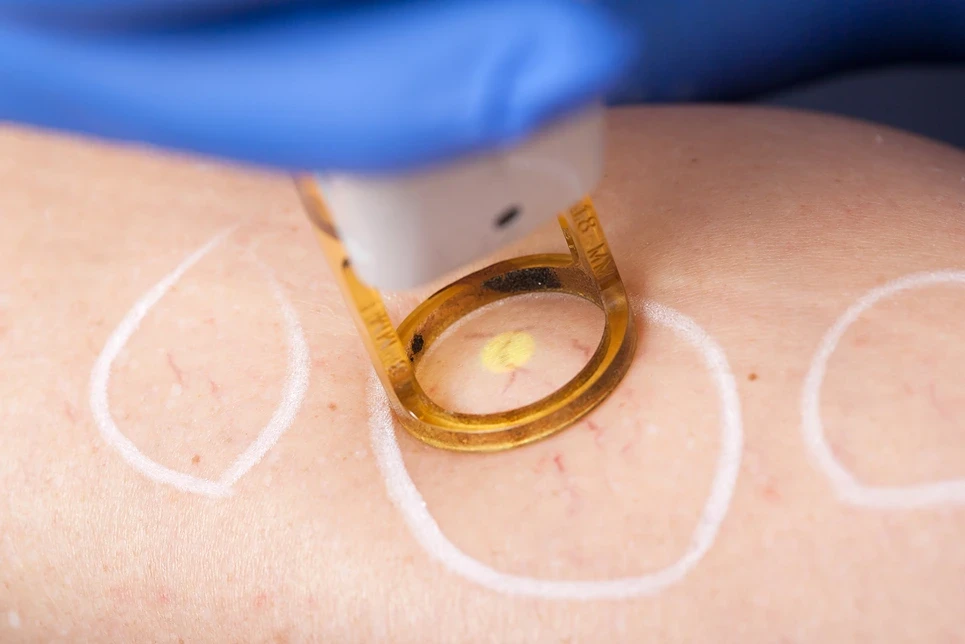
Various laser treatments target spider veins and varicose veins. These vein treatment innovations, driven by laser technology advancements, offer different approaches to address these unsightly conditions.
Choose the right treatment based on the severity and location of your veins. Each method has unique characteristics that impact treatment time, invasiveness, and recovery.
Consider these three primary laser treatment types:
- Surface Laser Therapy: This method treats larger spider veins and varicose veins, directing a light beam to heat and break down the problematic vessels. The procedure simultaneously heats and cools the skin to prevent burns, and can treat veins close to the surface.
It often requires multiple sessions.
- Endovenous Laser Therapy (EVLT): A more invasive approach, EVLT involves inserting a laser probe directly into the vein. It’s ideal for larger varicose veins but can also target spider veins.
Performed under local anesthesia, intense heat breaks down the vein internally. It’s an outpatient procedure.
- Intense Pulsed Light (IPL) Therapy: While not strictly a laser treatment, IPL uses intense light to target veins. This non-invasive method directs the light into the veins from outside the skin, creating a similar effect to laser therapy.
The quicker treatment time is a benefit for some clients, but may have a few, minor side effects.
Different laser types utilize varying wavelengths for optimal results. Your vein doctor carefully examines your specific condition to determine the best laser type, ensuring the optimal outcome with minimal side effects.
Consultation is key to selecting the most suitable laser treatment method for your spider veins.
Potential Side Effects and Recovery
While laser treatments are generally safe, potential side effects and recovery periods vary. Expect some redness, swelling, or bruising around the treated area. Changes in skin pigmentation, like darkening or lightening, are also possible.
Though rare, blistering can occur. Serious potential complications include burns from improper laser use, nerve damage causing sensations like burning or pain, and blood clots. Minor incisions, if used, might lead to slight scarring. Hyperpigmentation, particularly in individuals with darker complexions, is another potential complication.
Your recovery timeline will depend on the severity of the treatment and your individual response. Expect mild swelling and bruising to subside within a couple of weeks.
Compression garments, a necessary part of recovery, might cause temporary discomfort. Aching legs or minor discomfort are also common. Tenderness and inflammation in the treated area are possible. Fair complexions or sensitive skin may experience more redness or irritation.
Keep in mind that spider veins can return if chronic venous insufficiency isn’t addressed. Varicose veins might also return if the underlying vein condition isn’t treated. While laser therapy can make spider veins less visible, it mightn’t be permanent. Multiple sessions could be necessary for ultimate results, and a proper evaluation of underlying vein disease is crucial for long-lasting solutions.
Laser Spider Vein Treatment Aftercare Instructions and Tips
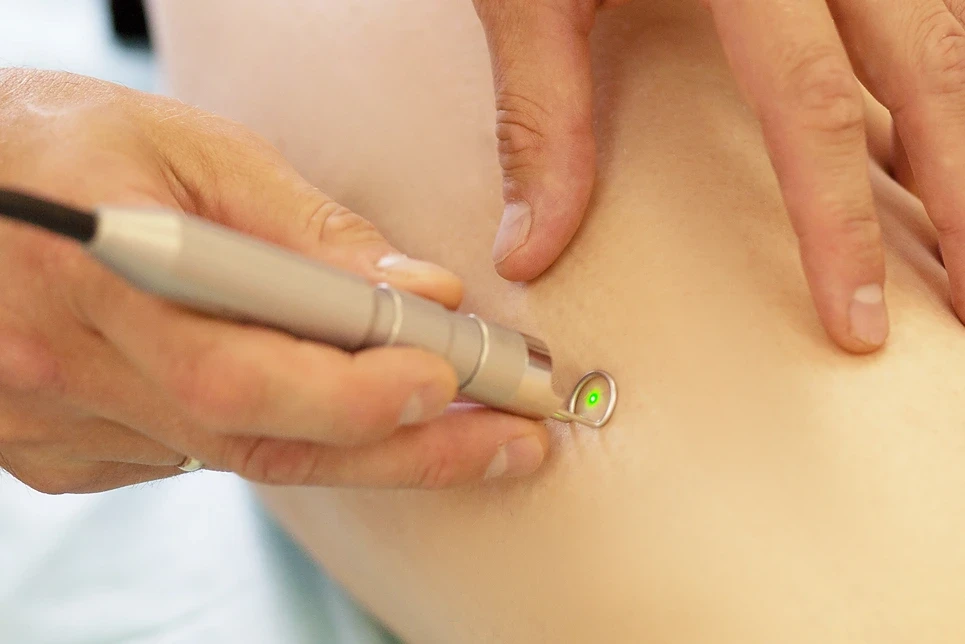
Following laser spider vein treatment, proper aftercare is crucial for optimal healing and minimizing potential complications.
Proper post treatment wellness and recovery strategies are essential for a smooth recovery. Wear compression bandages or stockings for 1-2 days to reduce discomfort and aid healing.
Avoid prolonged inactivity, but rest as needed. Don’t forget to avoid hot baths or saunas for two weeks and keep water temperatures moderate when showering. Avoid driving for a couple of days.
For optimal recovery, here’s a quick guide to your post-treatment care:
- Compression is Key: Wear compression bandages or stockings, as directed, to minimize swelling and discomfort.
- Gentle Exercise is Good: Incorporate gentle activities like walking, gradually increasing duration and intensity as you feel better.
- Sun Protection is Important: Limit direct sun exposure and use a recommended, non-irritating sunscreen.
Treatment Results and Longevity
Results from laser spider vein treatment can last several years, sometimes permanently, but new veins may appear in untreated areas. The duration of results varies greatly, influenced by factors like your genetics, overall health, and lifestyle choices. More severe spider veins might need additional treatment sessions and are more prone to recurrence. Your individual response to treatment also affects results duration; some experience longer-lasting improvements than others.
A healthy lifestyle, including regular exercise and good skincare, contributes to treatment effectiveness and longevity. Protecting your treated area from the sun is crucial. Hormonal changes, for example, during pregnancy or menopause, can affect vein development and recurrence.
Proper maintenance, in conjunction with initial treatment, maximizes the results duration. Multiple treatments, spaced 3 to 6 weeks apart, are often needed for optimal results. Results typically improve gradually over weeks. The veins, targeted by the laser, can take several months or a year to fully disintegrate and be no longer visible.
Sun protection, avoiding prolonged sitting or standing, and a healthy lifestyle extending beyond treatment itself are key elements. While treatment effectiveness is significant, it doesn’t prevent new spider veins from forming. Follow-up treatments might be necessary to address recurring veins, and addressing any underlying vein issues is crucial to prevent future problems.
Understanding the factors influencing results duration helps you predict and maintain the benefits of laser spider vein treatment effectively.
Comparing Laser to Other Spider Vein Treatments
Laser and sclerotherapy are both effective spider vein treatments, but they differ in their approaches and suitability for different individuals.
Laser treatment uses focused beams of light to directly target and seal problematic blood vessels, while sclerotherapy involves injecting a chemical to irritate and close them. This difference in approach leads to varying outcomes, making one or the other a better option depending on your needs.
Choosing the right treatment depends on several factors. Consider these key differences:
- Treatment Approach: Laser treatment seals the vein with heat, while sclerotherapy uses an irritant to close it. This difference impacts your comfort level and treatment duration.
- Patient Factors: Laser treatment is often better for smaller veins on the face or feet, while sclerotherapy may be more effective for larger veins on the legs and hands and is often preferred if you have a lower tolerance for laser discomfort. Additionally, allergies or a preference for avoiding needles play a significant role.
- Cost Considerations: While laser treatment benefits are undeniable, sclerotherapy may be a more budget-friendly option for varicose veins.
Laser treatment offers advantages for veins too small for injections, people sensitive to chemicals, those seeking a minimally invasive procedure, and for those averse to needles.
Its more targeted approach is ideal for treating smaller, more superficial spider veins. Sclerotherapy often provides faster results with fewer sessions.
A key laser treatment benefit is avoiding injections, which may be a good choice for patients with allergic reactions, darker skin, or lower pain tolerance.
Ultimately, comparing laser treatment benefits and sclerotherapy comparisons is crucial in making an informed choice for your individual needs.
Laser Spider Vein Treatment in Draper
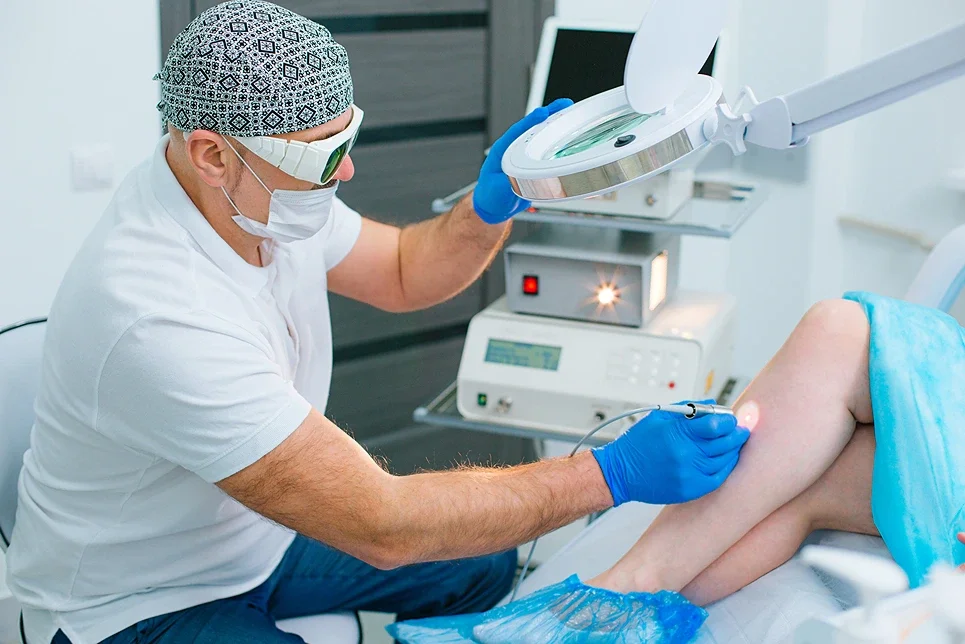
Laser energy targets and heats spider veins, causing them to shrink and eventually disappear. This process works by sealing the veins, which are then absorbed by your body. Different types of lasers are used; some treat larger veins directly, while others use a probe inserted into the vein. The results, for spider veins, are often visible immediately, but larger veins may take weeks to fully fade.
| Procedure Type | Mechanism | Potential Risks | Treatment Costs (Approximate) | Expected Results |
| Surface Laser | Heats and seals surface veins | Redness, swelling, bruising | $300-$800 per treatment | Immediate improvement of smaller veins |
| Endovenous Laser | Seals deeper veins with probe | Eye exposure, skin discoloration | $500-$1500+ per treatment | Improved appearance of larger veins |
| IPL | Uses light to target veins | Skin staining, bruising, redness | $200-$600 per treatment | Smaller veins respond typically faster |
While costs vary based on the type of treatment and the severity of your spider veins, it’s important to get a personalized consultation. Keep in mind that multiple sessions might be needed, depending on the size and number of veins.
Treatment results are generally long-lasting, but keep in mind that new spider veins can develop over time. Factors like maintaining a healthy lifestyle and elevating your legs can help prevent their recurrence. Understanding potential side effects like redness or bruising is crucial as well. Don’t hesitate to discuss your concerns with a qualified Draper dermatologist or aesthetician.
What to Expect During a Treatment Session
Before your treatment session, you’ll meet with a healthcare professional for a consultation. This crucial step involves discussing your medical history, expectations, and potential risks.
Pre-treatment instructions will help prepare you for the procedure, which may include cleaning and marking the treatment area. You’ll also receive protective eyewear.
The treatment area will be treated with a handheld laser device to target the problematic veins. This process will involve the laser beam focusing on affected areas, heating vein walls, and causing veins to collapse.
Here’s a quick overview of what you can anticipate:
- Consultation: A critical step to assess your medical history and discuss treatment expectations.
- Treatment Preparation: Following pre-treatment guidelines is vital before the laser procedure.
- Session Duration: Typically, treatment sessions last between 15-30 minutes, contingent on the size of the area being treated.
Your treatment preparation will be completed during this initial consultation.
During the session, you might feel a mild warming or tingling sensation. The session duration often depends on the size of the affected area.
Post treatment, you may observe slight redness, swelling, or bruising. You can manage minor discomfort with a cool pack.
Ultimately, you’ll be able to return to your usual activities soon after.
Choosing the Right Provider in Draper
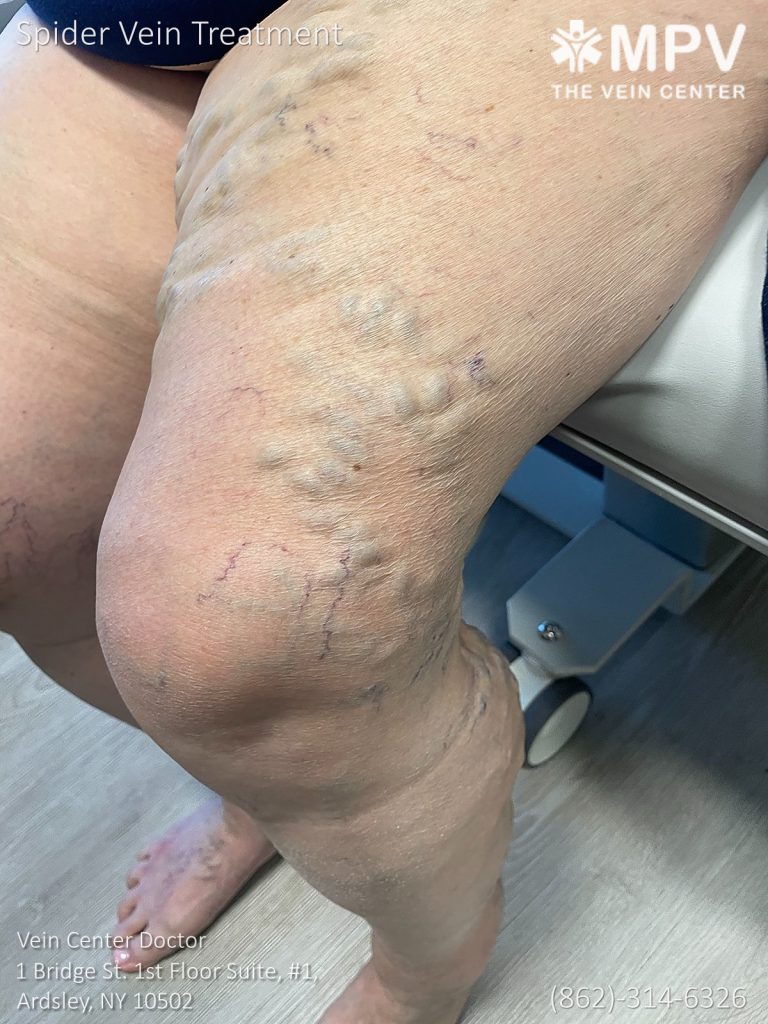
Selecting a qualified provider in Draper for spider vein treatment requires careful consideration of factors like experience, training, and certifications. Check a provider’s credentials, ensuring they’re certified by reputable medical boards, specifically the American Board of Venous & Lymphatic Medicine. This signifies their expertise in vein treatments and knowledge of up-to-date techniques.
Look for providers with extensive experience, ideally over 30 years. A high volume of successful treatments, like over 300,000 hours of vein work, is also a good sign. Don’t overlook patient testimonials—positive reviews often indicate a provider’s effectiveness and patient satisfaction.
A successful practitioner will likely have extensive training in laser vein therapy and sclerotherapy. Their training programs should include hands-on experience with various treatment modalities and vein types, including small spider veins and larger varicose veins.
Consider providers who offer personalized treatment plans tailored to individual needs and vein characteristics (location, depth, etc.). Review treatment options, including laser therapy and sclerotherapy, and be sure they address potential concerns like needle vs. laser discomfort.
Inquire about their experience treating different body areas, like legs, calves, feet, and nose. Ask about their provider credentials and patient testimonials to help you choose the right provider for your specific spider vein needs.
Dr. Sood at Vein Center Doctor is always happy to offer free consultations to anyone looking to understand their vein issues. Don’t spend another day wondering how to make those visible veins go away. Call us at 862-227-1143 today!
